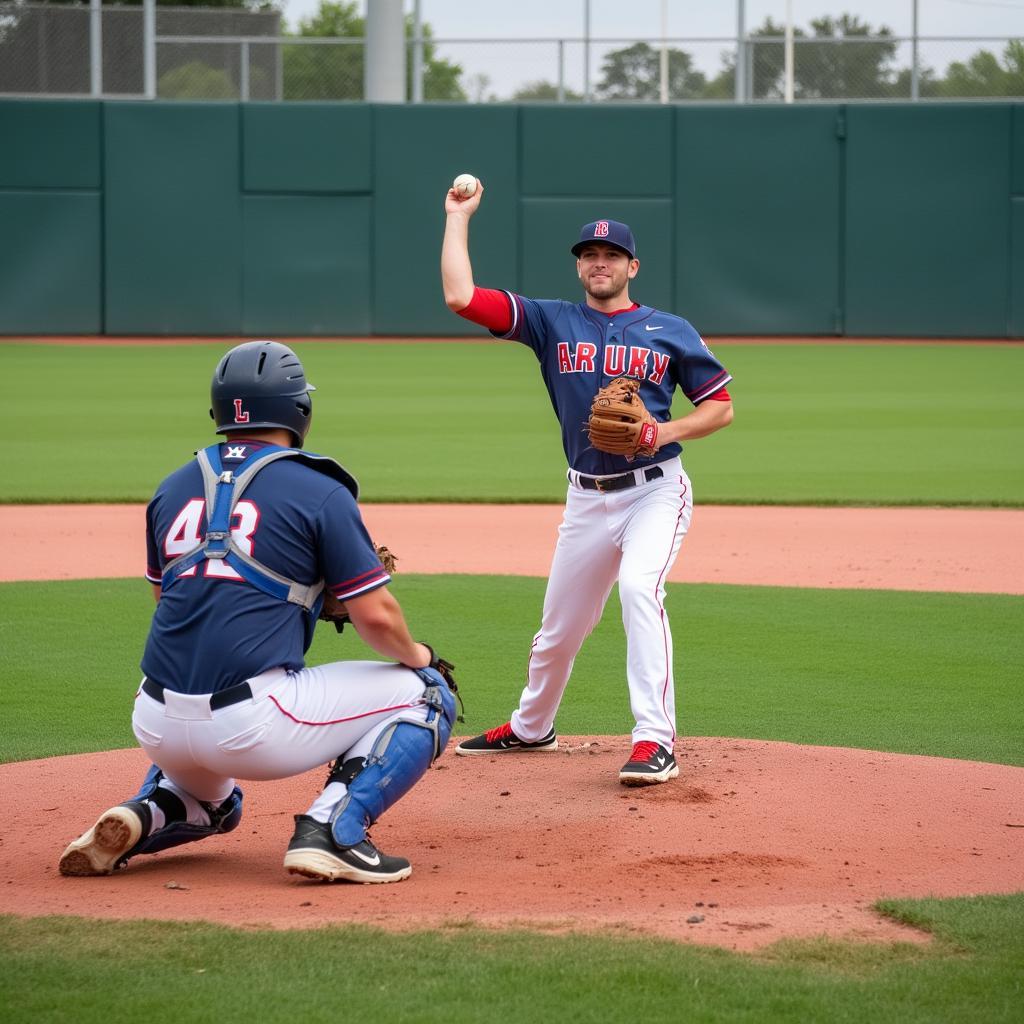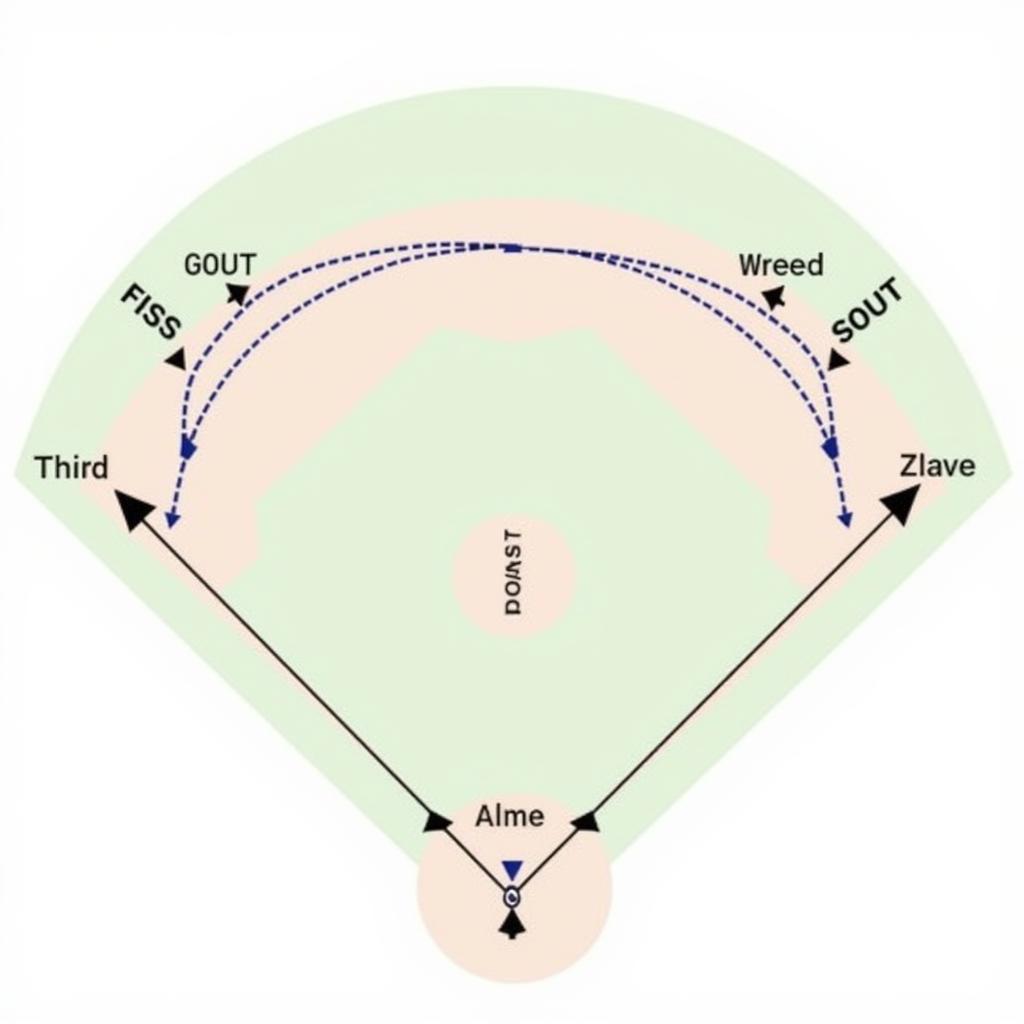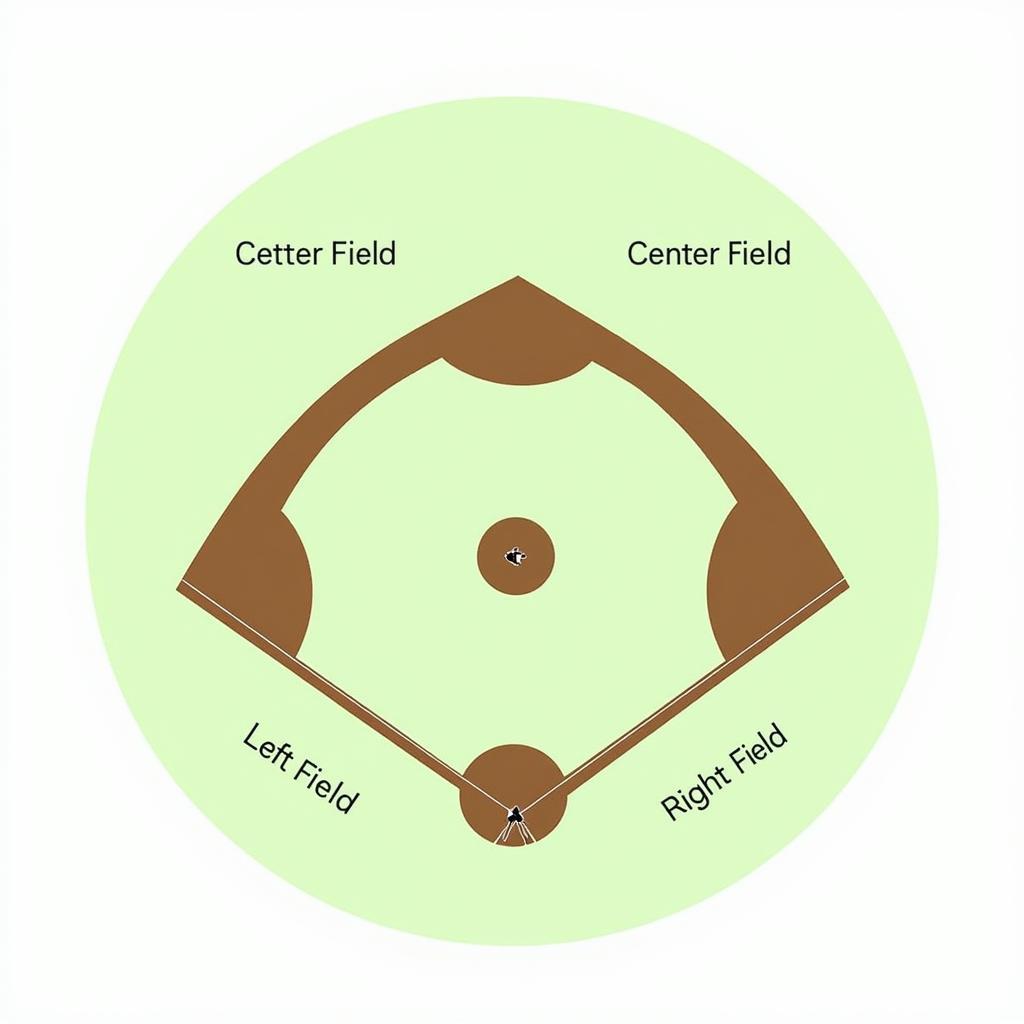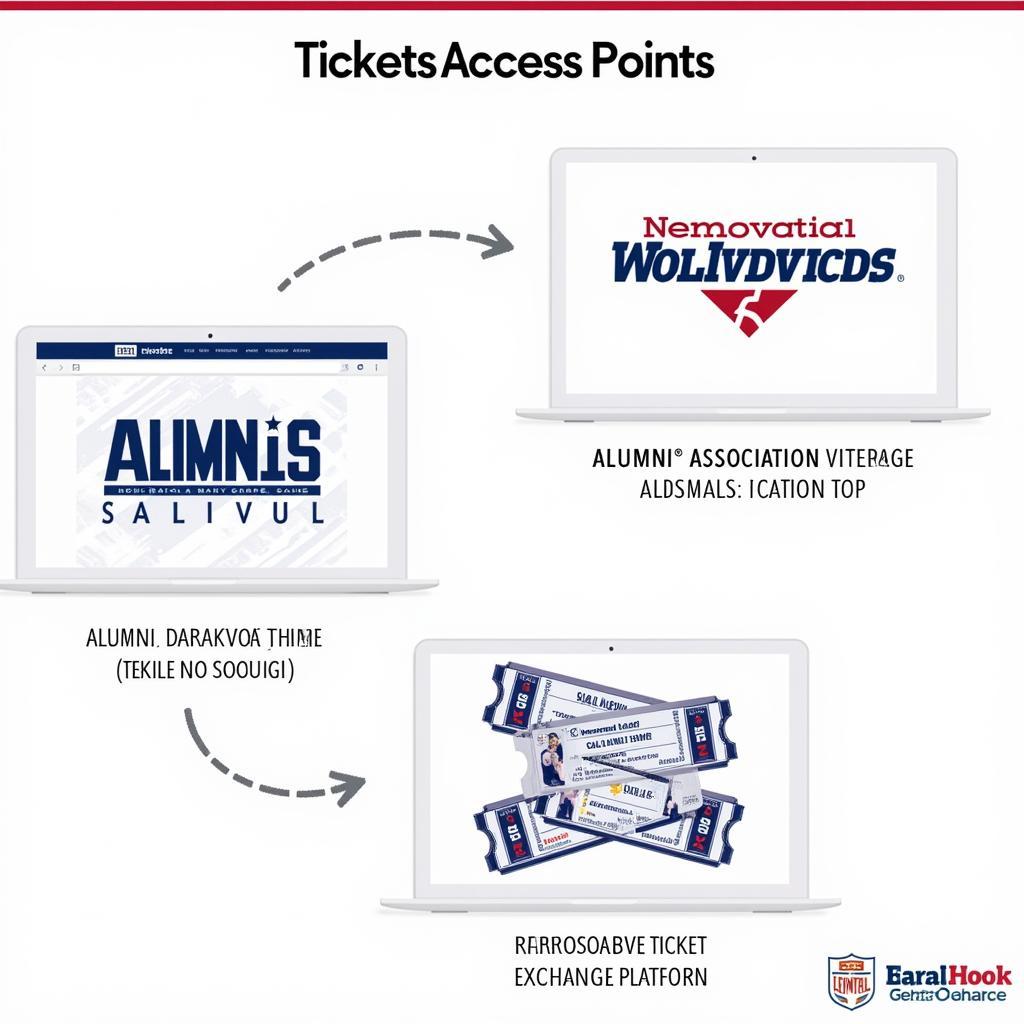Understanding the Baseball Position Chart
A Baseball Position Chart is essential for understanding the game’s strategic dynamics. It visually represents the nine defensive positions on the field, showcasing the roles and responsibilities of each player. Whether you’re a seasoned fan or just starting to learn about baseball, understanding the layout of the field is key to enjoying the game. This guide will break down the different positions, explaining their importance and how they contribute to the team’s overall success.
Decoding the Diamond: A Breakdown of Baseball Field Positions
Baseball, often called “America’s pastime,” is a sport rich with strategy and nuance. At the heart of this strategic interplay lies the baseball position chart. This chart depicts the nine defensive positions players occupy on the field, each with a unique set of responsibilities and contributions to the game. Understanding these positions is crucial for anyone looking to delve deeper into the complexities and excitement of baseball.
The Battery: Pitcher and Catcher
The pitcher and catcher, collectively known as “the battery,” form the core of the defensive strategy. The pitcher, positioned on the pitcher’s mound, is responsible for delivering the ball to the batter. Their skill in throwing different pitches, controlling speed and placement, directly influences the game’s flow. The catcher, located behind home plate, is the pitcher’s partner in crime. They receive the pitched ball, call the game by signaling the type of pitch, and are a vital defensive presence, blocking errant pitches and tagging runners attempting to score.
 Baseball Pitcher and Catcher in Action
Baseball Pitcher and Catcher in Action
The Infield: Guardians of the Bases
The infield, comprised of the first baseman, second baseman, shortstop, and third baseman, is the inner circle of defense. These players are responsible for fielding ground balls, making throws to record outs, and preventing runners from advancing bases. The first baseman, positioned near first base, receives throws from other infielders to complete outs. The second baseman and shortstop form the double-play combination, working together to execute quick outs on ground balls hit up the middle. The third baseman, often called the “hot corner” due to the high velocity of balls hit in that direction, requires quick reflexes and strong throwing arms.
 Baseball Infield Positions and Responsibilities
Baseball Infield Positions and Responsibilities
The Outfield: Patrolling the Green
The outfielders, consisting of the left fielder, center fielder, and right fielder, cover the vast expanse of grass beyond the infield. They track down fly balls, make catches to record outs, and prevent runners from advancing on base hits. The center fielder, often the fastest and most agile outfielder, covers the largest area and is responsible for directing the other outfielders. The left and right fielders patrol their respective territories, making catches and throwing the ball back to the infield to prevent runs.
 Baseball Outfield Positions and Coverage Area
Baseball Outfield Positions and Coverage Area
Why is the baseball positions chart Important?
Understanding a baseball field position chart is fundamental to appreciating the strategic depth of baseball. It reveals how each position contributes to the team’s defense, highlighting the interplay and coordination required for success. Knowing the positions allows you to follow the action on the field more effectively, understanding why certain players are positioned where they are and how their roles impact the game’s outcome.
Frequently Asked Questions about Baseball Positions
- What is the most important defensive position in baseball? While every position plays a crucial role, the pitcher is often considered the most important due to their direct influence on the game’s pace and outcome.
- Which position requires the strongest arm? Generally, the third baseman and shortstop need the strongest arms due to the long throws they often have to make across the diamond.
- Which outfield position covers the most ground? The center fielder typically covers the largest area in the outfield.
- What is the role of the catcher in baseball? The catcher receives pitches, calls the game, and is a key defensive player behind home plate.
- Why is the third base position called the “hot corner”? Balls hit to third base often come off the bat at high speeds, making it a challenging and sometimes dangerous position.
Conclusion: Mastering the Baseball Position Chart
The baseball field chart positions are the building blocks of baseball strategy. By understanding the roles and responsibilities of each player on the field, you can gain a deeper appreciation for the intricacies of this fascinating sport. From the pitcher and catcher working in tandem to the outfielders patrolling the vast expanse of grass, each position contributes to the overall defensive effort and the excitement of the game. Now that you have a firmer grasp of the baseball position chart, you’re better equipped to enjoy and analyze the game. For further insights, you can check out resources like a lea chart or the lions depth chart espn. When you need assistance, contact us at Phone Number: 0989060241, Email: [email protected], or visit us at Lot 2, Hamlet 5, An Khuong, Hon Quan, Binh Phuoc, Vietnam. We have a 24/7 customer service team.

